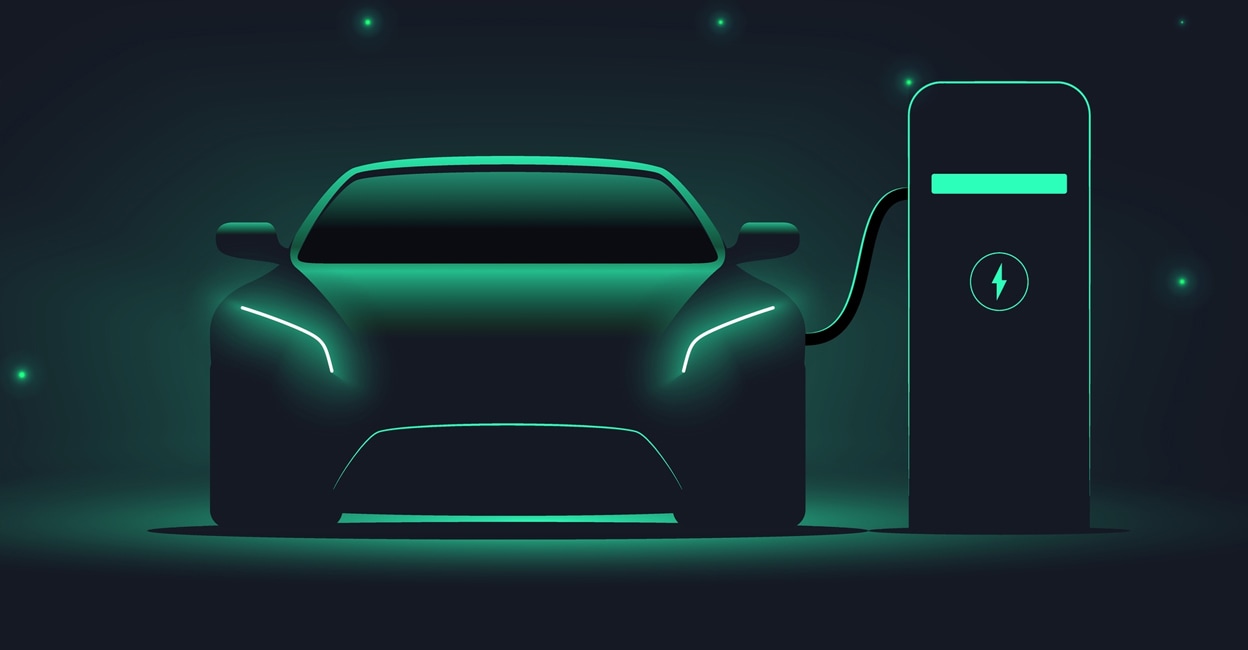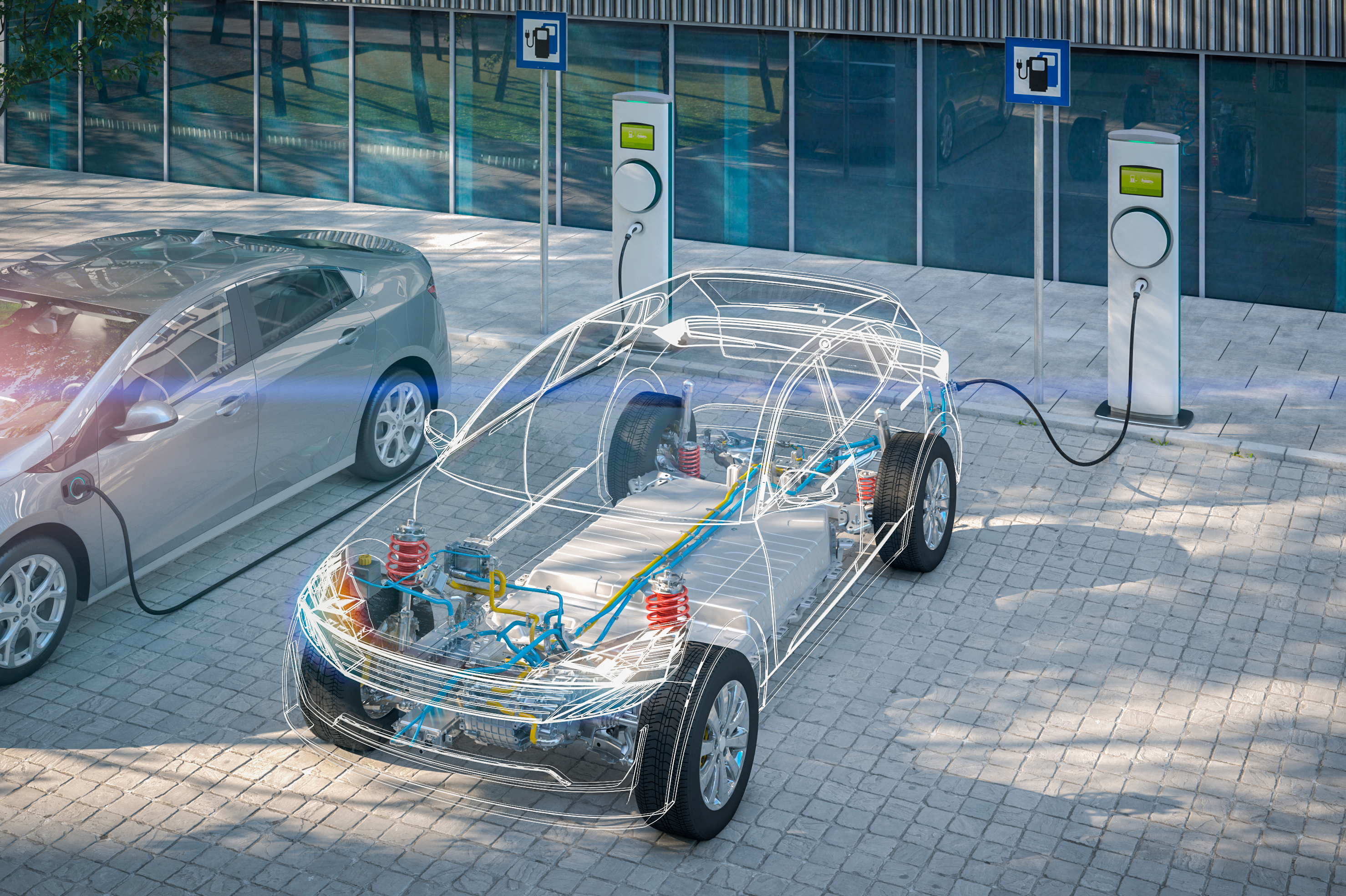The speed bumps in India’s electric vehicle drive or the EV drive:

Around 20 states in India have already come up with a draft or the final state level electric vehicle or the EV policy, the overall aim of these state policies is to promote India’s transition from ICE to EVs. The objectives or aims of each state level policy will vary but some of the common objectives that these policies include are to solve the air quality issues, help in climate change mitigation, reduce dependence on oil imports along with promoting development of the EV industry. Almost all of the state policies prioritized 2 & 3 wheelers, public transportation and the job creation.
Agencies nearly two-thirds of deaths in India can be attributed to emissions and discharges coming from ICE (diesel) vehicles.
The Assessment Report (AR6) of the Intergovernmental Panel on the Climate Change (IPCC) clearly states that the human activity is causing unprecedented and unrivalled, and sometimes irreversible and unchangeable climatic changes. The report also says that the impacts and consequences of climate change are already evident: increasing temperatures, more droughts and floods, more extreme weather events, rising sea levels, and ocean acidification. These changes are affecting and causing serious problems for livelihoods and the well-being of the people all across the globe.
According to the World Health Organisation (WHO), India has the world’s worst air quality and condition. In the year 2020, even during and amidst the Covid crisis with the national and the state lockdowns, 36 cities out of a total of 50 cities which had unhealthy levels of the air quality were from India. The vehicular pollution arising and instigating from the ever increasing stock of private vehicles, especially the internal combustion engines (ICE) or the vehicles that run on diesel has contributed significantly to the deterioration and the worsening of the air condition in the Indian cities. The increase in the ICE vehicles stock has led to India becoming the third-highest oil consuming and the greenhouse gas (GHG) emitting and emanating country in the world. Additionally speaking, nearly two-thirds of the deaths in India can be attributed and contributed to the emissions which are coming from the ICE (diesel) vehicles.
Actions Underway

To address these issues and problems the central ministry had announced a goal to transition from the new sales of ICE (Petrol & Diesel) vehicles to 100% plug-in electric vehicles (EV) by the year 2030. The government is also aiming to transform India into a global hub for the electric vehicles manufacturing. In the year 2019, Faster Adoption and the Manufacturing of Hybrid and Electric Vehicles (FAME) II scheme was adopted. It is very important and vital to note that FAME II policy which is the umbrella policy for India has been designed keeping in mind the demand side incentives, where 86% of the funding is set aside for the consumer incentives for the EV purchases and 10% is allocated to fund charging the infrastructure. Before the FAME II scheme, in the FAME 1, the government had supported the adoption of 2,78,000 EVs in different forms with a total incentive of INR 343 crore. Electric Vehicles are becoming a central point for India’s environment, energy and the industrial policy combined together.
Around 20 states in the Indian subcontinent have already come up with a draft or the final state level electric vehicle policy, these state policies overall aim is to promote India’s transition from the ICE to EVs. The objectives and aims of each state level policy will vary but some of the common objectives that these policies include are to solve the air quality issues and problems, help in the climate change mitigation, reduce or diminishing dependence on the oil imports and to promote the development of EV industry. Almost all of the state policies prioritized 2 & 3 wheelers, public transportation and the job creation.
However, speaking of these policies they vary in terms of their targets, supply side incentives (i.e. manufacturing) and the demand side incentives (consumer and charging infrastructure investments). Andhra Pradesh EV policy for instance aims toward having 10 Lakh EVs on the road by the year 2024. Top of it is a complete reimbursement of road tax and registration fees on sale of the EVs until the year 2024. Strategic replacement of the public transport buses in four cities by the year 2024 and by the year 2030 in the entire state. Create charging infrastructure both for the fast as well as the slow charging by the year 2024 and to establish a public awareness campaign to encourage and motivate the behaviour change. Gujarat on another hand aims at promoting 100,000 EVs on road by the year 2022, which includes 80,000 2W, 14,000
3W, 4,500 cars and a total of 1,500 buses. 100% of the exemption from registration fee and about 50% exemption from the motor vehicle tax, also 100% of the exemption from electricity duty for the EV charging stations. The state also provides subsidies to supplement the national-level FAME II scheme and it will match the number of charging stations located by the Department of Heavy Industry (DHI), as well as subsidies provided under the FAME II.
Electric Cars

Here is a curated a list of the 14 popular electric cars available in the Indian subcontinent in the price range of Rs. 4.50 Lakh to Rs. 2.04 Crore. The most popular electric cars include: Hyundai Kona Electric (Rs. 23.79 Lakh), MG ZS EV (Rs. 20.99 Lakh) and the BMW iX (Rs. 1.16 Crore). The top car models manufacturers that produce and create electric cars are Hyundai, MG, BMW, Audi, Jaguar. Check out the very best electric cars in the Indian subcontinent from Hyundai Kona Electric to Audi RS e-tron GT.
Electric Car models Price in India
| Model | Ex-showroom Price |
| Jaguar I-Pace | Rs. 1.05 – 1.12 Crore |
| Hyundai Kona Electric | Rs. 23.79 – 23.97 Lakh |
| MG ZS EV | Rs. 20.99 – 24.68 Lakh |
| BMW iX | Rs. 1.16 Crore |
| Audi e-tron | Rs. 1.00 – 1.18 Crore |
| BYD E6 | Rs. 29.15 Lakh |
| Mercedes-Benz EQC | Rs. 1.06 Crore |
| Porsche Taycan | Rs. 1.50 Crore |
| Strom Motors R3 | Rs. 4.50 Lakh |
| Mahindra E Verito | Rs. 10.15 – 10.49 Lakh |
Thank you for reading this blog! I hope you have a wonderful rest of your day!!


0 responses on ""